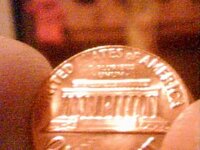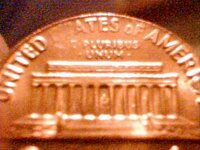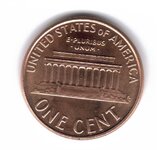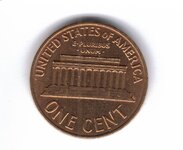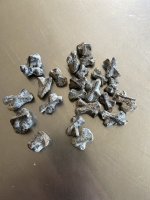Tabfry
Sr. Member
I am wondering how much time some of you take to look at each coin in a roll. It appears that a majority of CRH'ers look for silver and some obvious oddities, but there are many subtle errors that could easily be overlooked if someone is looking only at the mint date. Just curious...
Amazon Forum Fav 👍
Upvote
0



